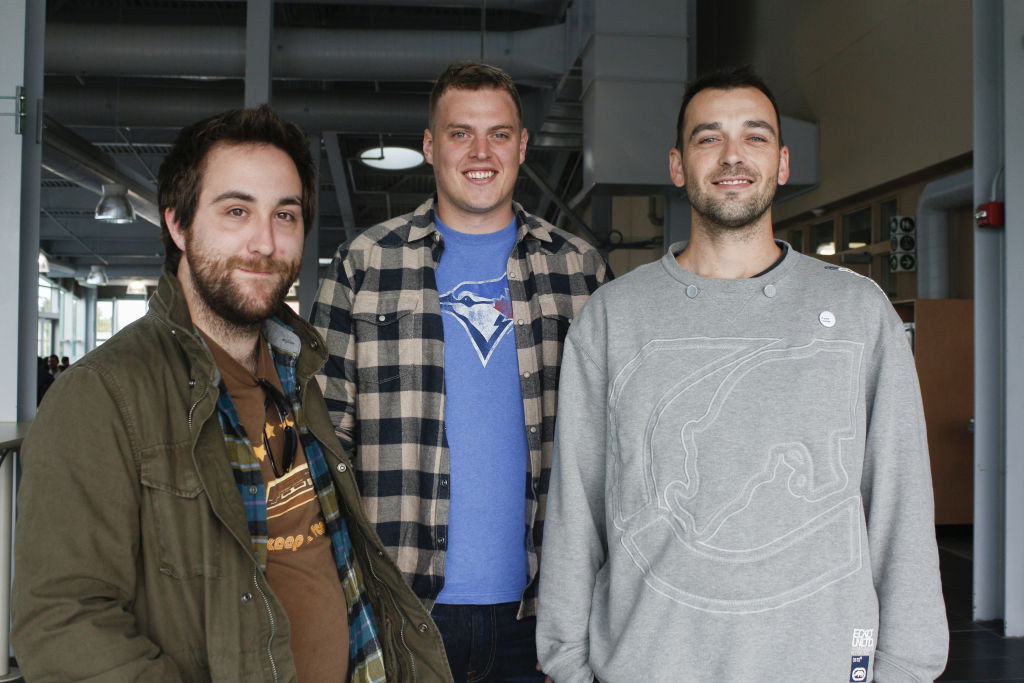Wouldn’t it be great to live in a house that could heat itself for 335 days out of the year by getting all of its energy from the environment?
A team of four Algonquin students, named L2i2, have designed a home that can do just that and as a result have won the 2015 Eco-Home Design Competition run by Transition to Less Waste.
“Based on what we had in it,” said Alex Vriend, leader of L2i2. “The home should be able to not only meet the needs of a typical family of four in Ontario, it should actually be able to exceed them in terms of energy requirements.”
The team consists of three architectural technology students; Alex Vriend, Victor Crew, Kristof Hamory, and interior design graduate Candice Wei.
They found out about the competition last April and spent their summer working on floor plans, renderings and a video tour of the house.
“There’s nothing on that house that’s done for just the sake of trying to make it look pretty or trying to make it some sort of statement,” said Vriend. “It’s all functional.”
The most unique aspect of the house is the curved roof.
“It seems like a weird and crazy roof,” said Vriend. “But there’s multiple purposes behind it.”
These purposes include collecting rainwater, shading overhead sun and collecting solar power.
The shape of the roof was inspired by the low impact pavilion at Vincent Massey Park.
“It provided pretty much the exact function we needed our roof to do, which is to act like a funnel to channel the water where we could collect it and make use of it,” said Hamory, who created the house renderings in a program called Revit.
Hamory said it took him about three weeks just to render the roof because of its abstract shape.
Other features of the house include a colourful dirt wall that provides insulation and an eco-wall like the one in ACCE building.
But for all of its innovations, the house would not cause people to drastically change their lifestyle to live there.
“The average family could go in there, set up exactly as they would in any other house, but be environmentally responsible,” said Crew.
Vriend said that a lot of the eco technology in L2i2’s design can be implemented in small ways in any house.
“A lot of people don’t want to change their entire life,” said Vriend. “People won’t do things if it requires them to drastically alter the way they’ve always done things, so we tried to make a luxury green home.”



